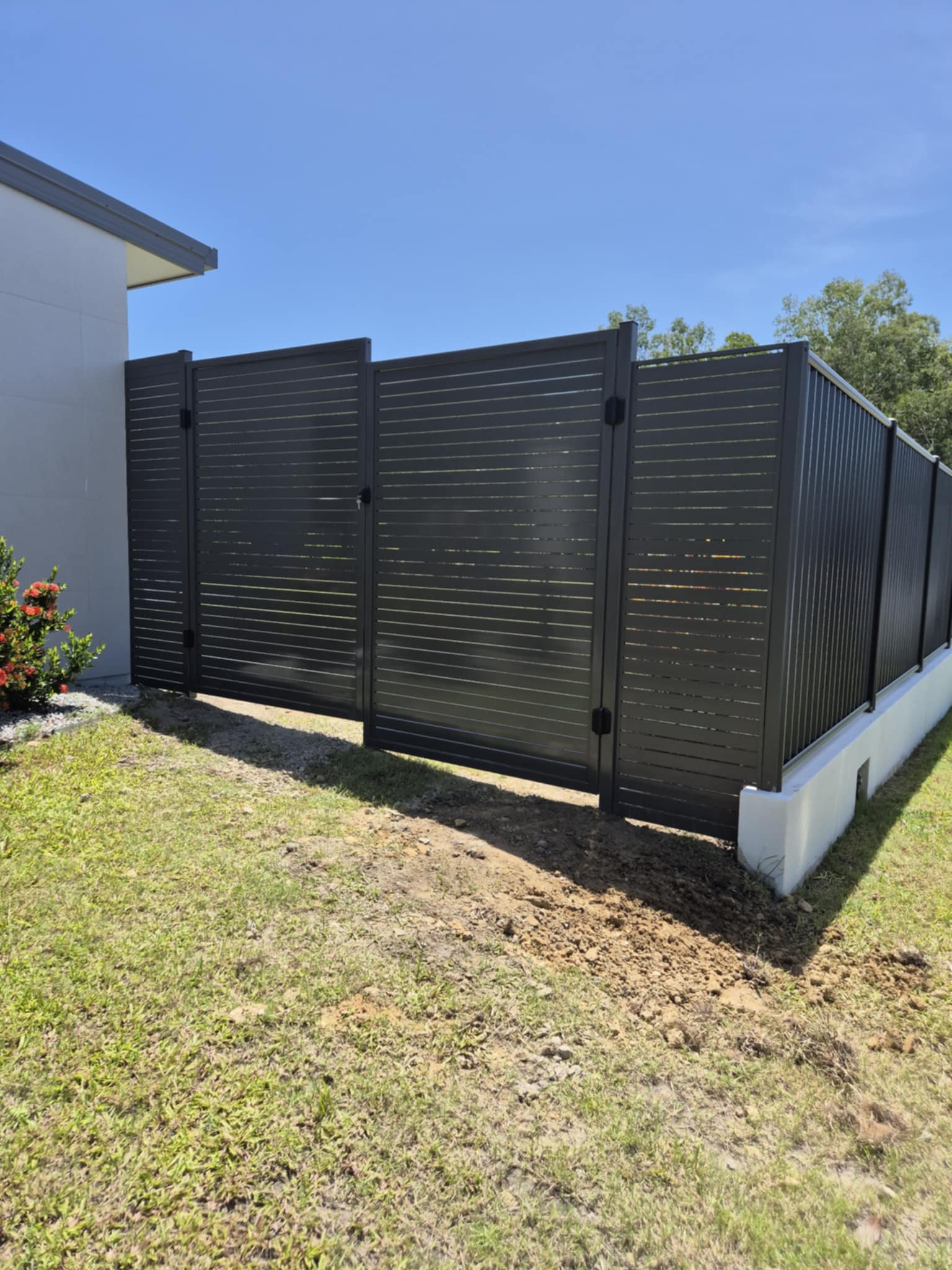Home Extensions

Home Extensions: Expand Your Living Space with Style and Functionality
As families grow and lifestyles evolve, the need for additional space becomes paramount. Home extensions offer a practical solution, allowing homeowners to enhance their living areas without the upheaval of relocating. Whether it’s adding a new bedroom, expanding the kitchen, or creating a dedicated workspace, extensions can be tailored to meet diverse needs.World Construction Today
Benefits of Home Extensions
Increased Living Space: Extensions provide the extra room needed for comfort and functionality, accommodating growing families or new lifestyle requirements.
Enhanced Property Value: A well-executed extension can significantly boost a home’s market value, making it a wise investment for the future.
Personalization: Tailor your living space to reflect your personal style and preferences, creating a home that truly suits your needs.
Avoiding the Hassle of Moving: Extensions eliminate the need to relocate, saving time, money, and the stress associated with moving.
Types of Home Extensions
Single-Storey Extension: Ideal for expanding living areas like kitchens or lounges, offering a seamless flow between indoor and outdoor spaces.
Double-Storey Extension: Provides substantial additional space, often used to add bedrooms or bathrooms, maximizing the property’s footprint.
Wrap-Around Extension: Combines side and rear extensions, creating an L-shaped expansion that offers versatile space usage.
Side Return Extension: Utilizes the narrow alleyways beside properties, commonly used to enlarge kitchens or dining areas
Rear Extension: Extends the back of the house, perfect for creating open-plan living areas that connect to the garden.
Loft Conversion: Transforms unused attic space into functional rooms like bedrooms or offices.
Planning Your Home Extension
1. Define Your Objectives: Clearly outline what you aim to achieve with the extension, whether it’s additional bedrooms, a larger kitchen, or a home office.
2. Budgeting: Establish a realistic budget, accounting for construction costs, materials, and potential unforeseen expenses.
3. Design Considerations: Ensure the extension’s design complements the existing structure, maintaining architectural harmony.
4. Permissions and Regulations: Check local planning permissions and building regulations to ensure compliance.
5. Choose the Right Professionals: Engage experienced architects and builders to bring your vision to life, ensuring quality and adherence to regulations.
Integrating Extensions with Existing Spaces
When planning an extension, consider how it will interact with existing rooms:
Kitchen Renovations: An extension can facilitate a larger, more functional kitchen space, ideal for families and entertaining.
Bathroom Renovations: Additional space can accommodate new or expanded bathroom facilities, enhancing comfort and convenience.
Decking Construction: Integrating outdoor decking can create a seamless transition between indoor and outdoor living areas.
Pergola & Patio Construction: Enhance the usability of outdoor spaces, providing shaded areas for relaxation and entertainment.
Custom Carpentry Services: Tailor storage solutions and built-in furniture to maximize the functionality of new spaces.
Common Challenges and Solutions
Matching Materials: Ensure new construction materials align with the existing structure for a cohesive look.
Natural Light: Incorporate skylights or large windows to maintain brightness in extended areas.
Ventilation: Plan for adequate airflow to prevent stuffiness in new rooms.
Structural Integrity: Consult structural engineers to ensure the extension’s stability and safety.
Conclusion
Home extensions offer a versatile solution to space constraints, enhancing both functionality and property value. By carefully planning and integrating the new space with existing structures, homeowners can create harmonious and practical living environments tailored to their evolving needs
